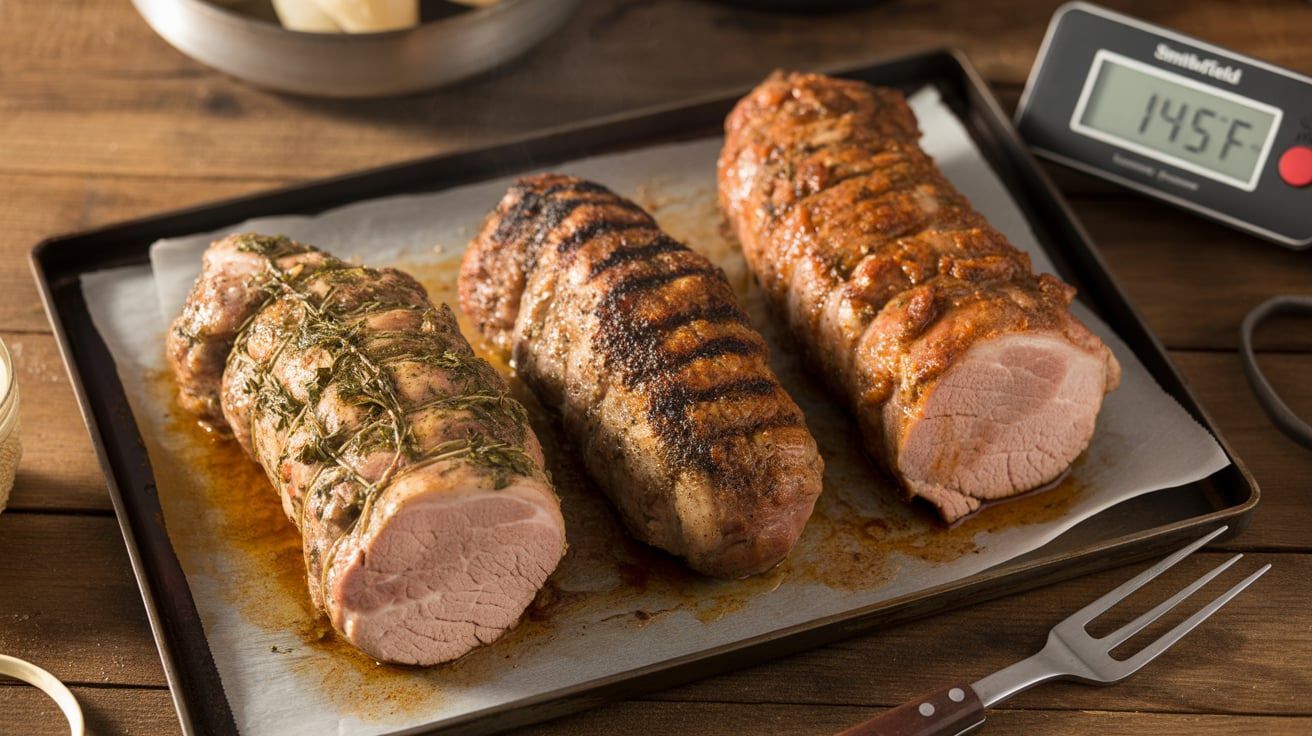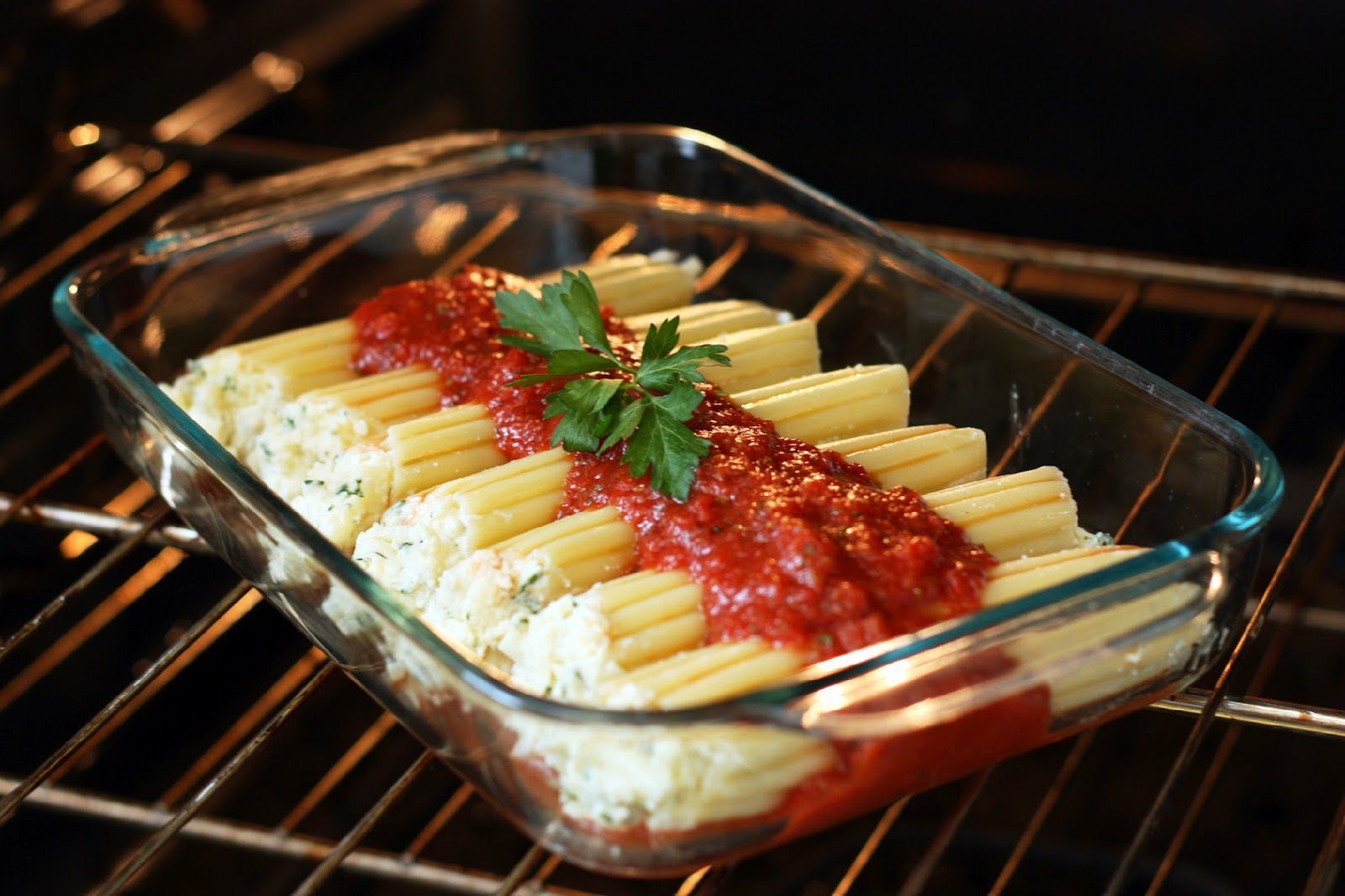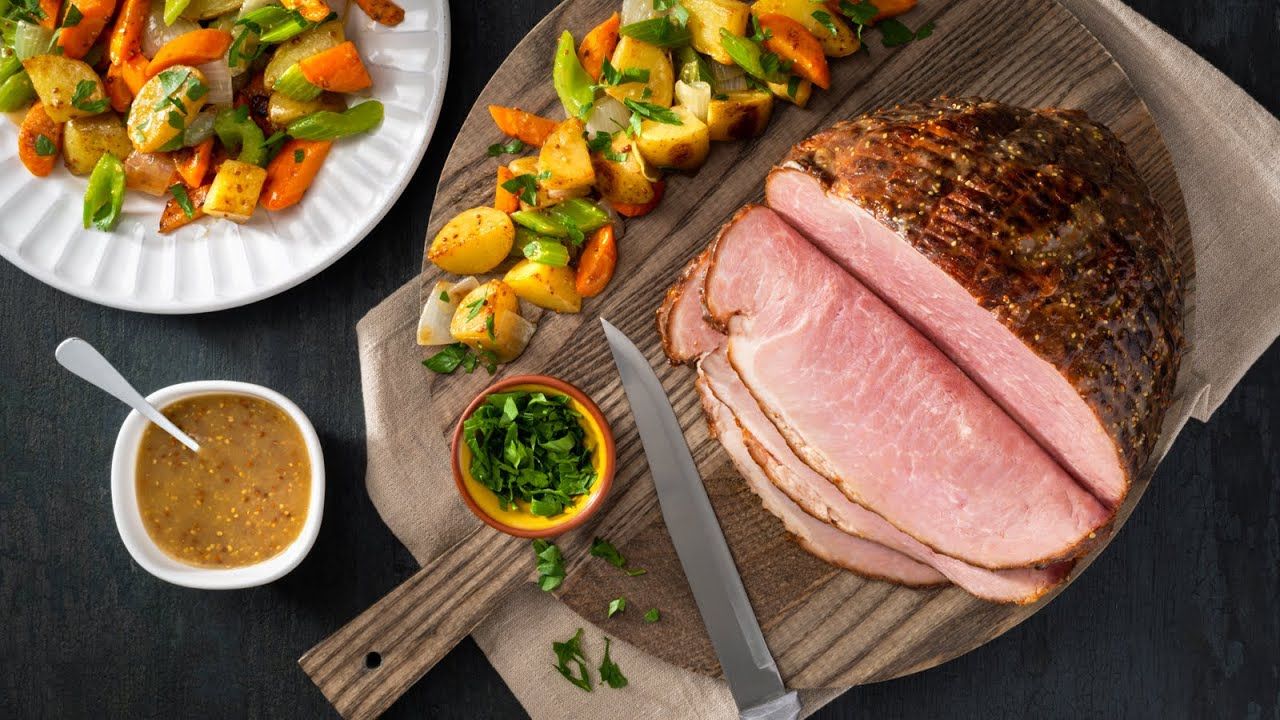Smithfield pork tenderloin how to cook with oven roasting, grilling, and slow cooker methods.
Smithfield pork tenderloin how to cook
Cooking pork tenderloin can feel intimidating if you’re unsure about temperatures, timing, or technique. The good news is that learning smithfield pork tenderloin how to cook isn’t complicated—it’s simply about choosing the right method and paying attention to detail.
Smithfield pork tenderloin is a lean, flavorful cut that works well in the oven, on the grill, or in a slow cooker. Each method delivers slightly different results, but all can produce a tender, juicy pork tenderloin when cooked correctly.
In this guide, we’ll walk through step-by-step instructions on how to cook Smithfield pork tenderloin, highlight the best internal cooking temperature, and share expert tips to help you avoid dryness.
Whether you prefer a quick oven roast, smoky grilled flavor, or the convenience of a slow cooker, you’ll find a method that works for your kitchen.
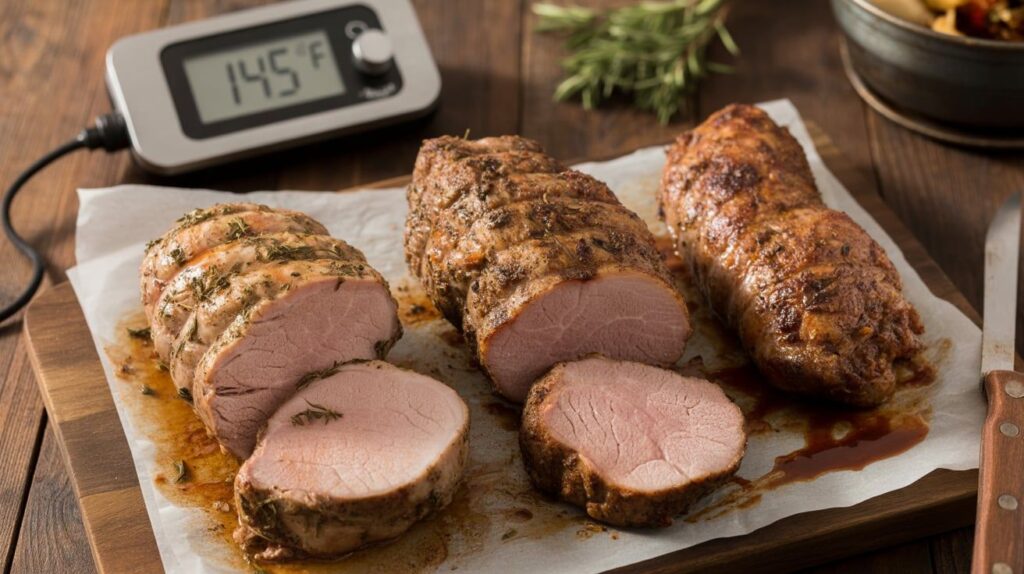
What Makes Smithfield Pork Tenderloin Unique
| Point | Key Detail |
|---|---|
| Lean & Tender | Naturally flavorful with low fat content. |
| Smaller Cut | Cooks quickly and evenly compared to larger pork loin. |
| Versatile | Can be oven roasted, grilled, or slow cooked without losing juiciness. |
| Easy Prep | Needs little trimming and simple to cook. |
| Takes Marinades Well | Absorbs flavors easily for more taste. |
| Juicy When Done Right | At 145°F, delivers consistently juicy, tender pork. |
Best Internal Temperature for Pork Tenderloine.
A key part of smithfield pork tenderloin how to cook is knowing the correct internal temperature. According to USDA guidelines, pork tenderloin should be cooked to 145°F and allowed to rest for at least three minutes. Using a digital thermometer is the most reliable way to check doneness and avoid dryness.
At 145°F you’ll have a juicy pork tenderloin that’s flavorful, tender, and perfectly prepared every time.
Oven-Roasted Pork Tenderloin Method
One of the simplest ways to master Smithfield pork tenderloin how to cook is oven roasting. Start by preheating the oven to 400°F. Season the tenderloin, then sear it in a hot skillet for a golden crust. Transfer to the oven and roast for 25–30 minutes, or until it reaches 145°F internally.
Rest the meat for three minutes before slicing to lock in juices. This pork tenderloin oven method is fast, reliable, and produces consistently juicy results for weeknight dinners or special meals..
Grilling Smithfield Pork Tenderloin
Grilling is another flavorful option when considering Smithfield pork tenderloin how to cook. Begin by preheating the grill to medium-high. Sear the tenderloin over direct heat for a few minutes to create char marks, then move it to indirect heat. Cook for 20–25 minutes, turning occasionally, until the internal temperature reaches 145°F.
Rest briefly before slicing. This method adds smoky flavor and pairs well with marinades or dry rubs. Following these pork tenderloin grill tips helps keep the meat juicy and tender.
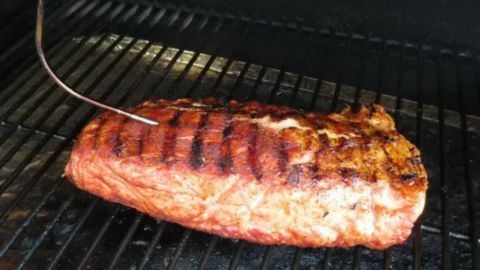
Slow Cooker Pork Tenderloin
For a hands-off method, try the slow cooker when learning Smithfield pork tenderloin how to cook. Place the seasoned tenderloin in the pot with broth, wine, or sauce for added flavor. Cook on low for 6–8 hours or high for 3–4 hours until the pork reaches 145°F.
This approach guarantees tender, juicy pork with minimal effort. Many cooks ask, “Can I slow cook pork tenderloin?”—the answer is yes, and it’s one of the easiest ways to achieve consistently flavorful results.
Tips to Keep Pork Tenderloin Juicy
| Tip | Why It Matters |
|---|---|
| Cook to 145°F | Prevents overcooking while keeping the pork safe and tender. |
| Rest for 3 minutes | Allows juices to redistribute, avoiding dryness when sliced. |
| Use marinades or brines | Adds moisture and enhances flavor before cooking. |
| Sear before roasting | Adds flavor on the outside and helps keep the juices inside |
Common Mistakes to Avoid
When learning Smithfield pork tenderloin how to cook, a few mistakes can ruin the results. The most common issue is overcooking, which leaves the meat dry and tough. Another is confusing pork loin with pork tenderloin—they are different cuts that require different cooking times.
Skipping the three-minute rest period is also a problem, as it causes juices to escape. By watching internal temperature, choosing the right cut, and resting the meat, you’ll consistently enjoy juicy, flavorful pork tenderloin.
FAQs
Q1: How long to cook Smithfield pork tenderloin so it’s not dry?
Cook for 25–30 minutes at 400°F in the oven or 20–25 minutes on the grill, until it reaches 145°F internally. Resting for three minutes keeps it juicy.
Q2: What is the best internal temperature for pork tenderloin?
The USDA recommends 145°F, followed by a three-minute rest. This ensures the pork is safe, tender, and full of flavor.
Q3: Can I cook Smithfield pork tenderloin in a slow cooker?
Yes. Cook on low for 6–8 hours or high for 3–4 hours, adding broth or sauce for moisture.
Q4: What’s the difference between pork loin and pork tenderloin?
Pork loin is larger, wider, and cooks more slowly. Pork tenderloin is a smaller, lean cut that cooks quickly and evenly.
Q5: Should I sear pork tenderloin before cooking?
Yes. Searing before roasting or slow cooking adds flavor and locks in juices, helping you achieve a tender, juicy pork tenderloin.

Eman is the creative force behind Learn to Cook, a culinary platform designed to make cooking simple, inspiring, and enjoyable for everyone. Her journey began more than a decade ago in her childhood kitchen, where she discovered how food could bring people together.
With a Diploma in Culinary Arts and 10+ years of hands-on experience, Eman has trained in five professional kitchens and experimented with 50+ unique recipes across diverse cuisines. Her expertise lies in blending traditional flavors with modern techniques—turning everyday ingredients into extraordinary dishes.
On Learn to Cook, she shares practical cooking tips, step-by-step guides, and tried-and-tested recipes that empower home cooks to build confidence in the kitchen. For Eman, cooking is not just about preparing meals—it’s about creating lasting memories, celebrating culture, and spreading joy through food.

